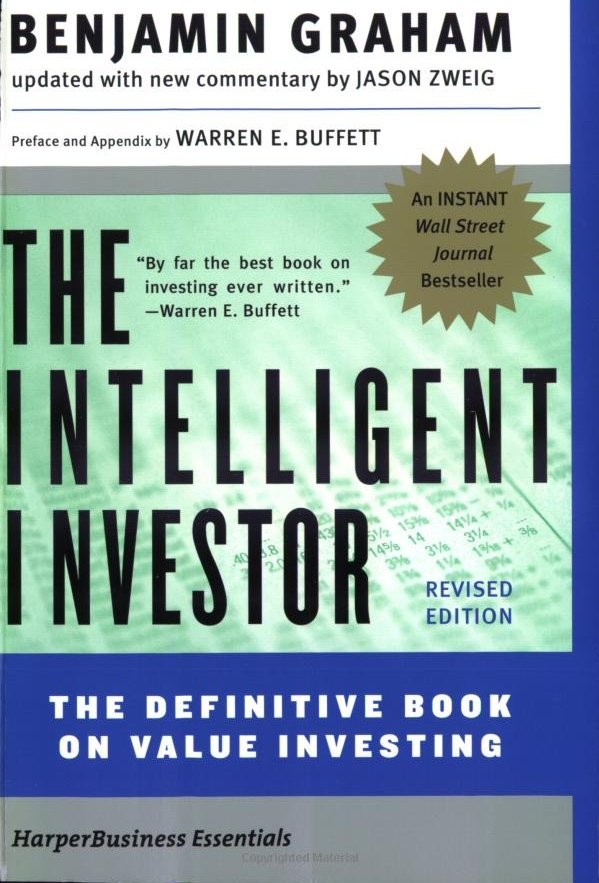What is an Economic Moat and Why is it Important is Selecting Stock Investments
Post on: 16 Март, 2015 No Comment

Companies with Protection from Competitors may be Good Investment Candidates
Please refer to our privacy policy for contact information.
Economic moats are competitive structures that help great companies continue to be great investments. Stock in a company with a substantial economic moat is usually much safer than investing in companies that have strong competitors.
The term “moat” refers to one or more advantages a company has over its competitors.
In most cases, it is management that builds the moat. It is rare that a company has a sustainable moat by virtue of its industry alone.
A market truth is that capital always seeks earnings and any company that is creating substantial and ongoing wealth for its investors will draw competitors.
Having a strong moat is no guarantee of success, but it does suggest that it will be difficult to displace it as a market leader or money maker.
What is a Moat
Investors have different ideas of what a strong moat should look like, but there some general guidelines to consider:
- Offering lower costs. This is the most tenuous of the moat because it leaves the door open for competitors to match prices. However, when combined with size, it’s a hard moat to breach. Wal-Mart is the obvious example of this type of moat, where the company uses its size to bargain (or force in some cases) price concessions from vendors that other retailers can’t match. This strategy is only successful if the company can absolutely control its other costs and drive more volume than competitors.
Economic moats are powerful and valuable assets to companies and worth a lot when evaluating a company.
However, like all measures, you shouldn’t buy a stock just on the width of its economic moat. Things change and moats have a habit of drying up if companies don’t diligently manage them.
Still, a company with no economic moat will have a difficult time in today’s competitive environment.














